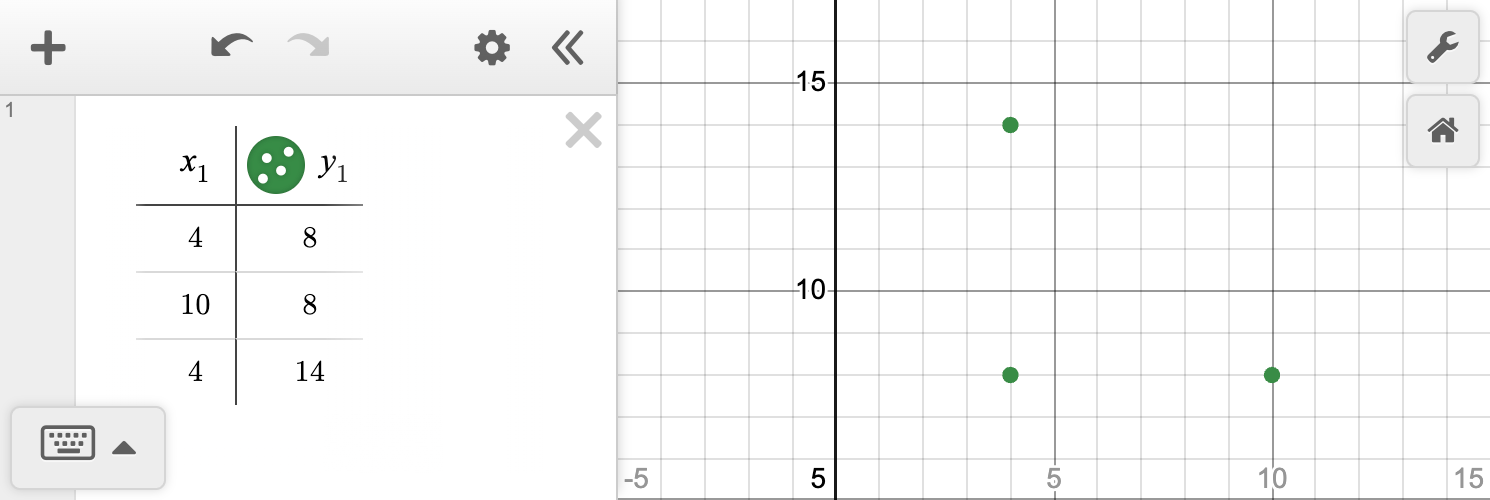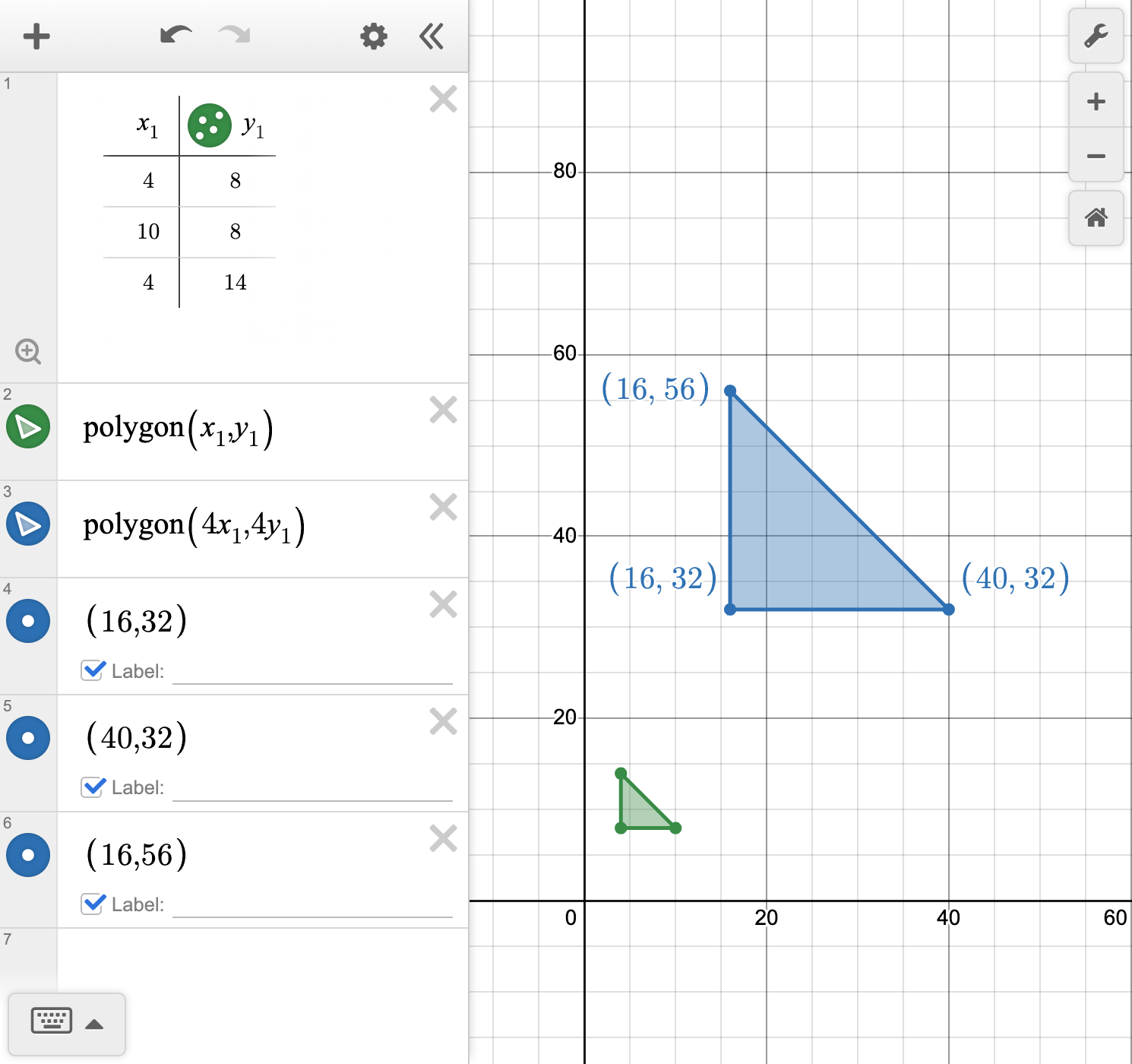7.01 Dilations
Ideas
Dilations
Recall that a dilation is a transformation which changes the size of a figure through either an enlargement, which makes the figure bigger, or a reduction, which makes the figure smaller, by a given scale factor.
When performed on the coordinate plane, a dilation will have a specified scale factor as well as a specified center of dilation. If none is specified the origin is assumed to be the center of dilation.
Consider the following dilation, where preimage A is dilated by a factor of k around point P.
The distance between the center of a dilation and any point on the image is equal to the scale factor multiplied by the distance between the dilation center and the corresponding point on the preimage: For example, PX'=k \cdot PX
The length of the image of a line segment is equal to the length of the line segment multiplied by the scale factor: For example, X'Y'=k \cdot XY
Notice that point P is not on any of the line segments of the preimage. In this case, the preimage and the image will be parallel.
Since each corresponding segment on the preimage and the image will be parallel, the angles formed where the segments meet at each vertex will have the same angle measure. Thus, corresponding angles in the image and preimage are congruent.
Coordinate form: The dilation \left(x,y\right) \to \left(kx,ky\right) takes the preimage and dilates it by a factor of k, about the origin.
If k>1, the dilation will be an enlargement, and if 0 \lt k \lt 1, the dilation will be a reduction. If k=1, the dilation maps the preimage onto itself.
Examples
Example 1
Consider the figure shown on the coordinate grid:
Dilate the figure using the rule \left(x,y\right) \to \left(4x, 4y\right).
Describe how the preimage and its image are related.
Example 2
Find the scale factor for the following dilation:
Example 3
Consider the figure on the coordinate plane shown:
Dilate the figure around center of dilation \left(6,7\right) with a scale factor of \dfrac{1}{2}.
Compare the preimage with its image after performing the dilation.
When a figure is dilated with a center of dilation at point P by a factor of k:
The distance between P and any point on the image will be k times the size of the distance between P and the corresponding point on A.
The length of the image segments will be k times the size of the corresponding segment lengths of A.
When P is not a point on A, the image will be parallel to A.
When P lies on a line segment of A, its image will lie on the same line.
In coordinate notation, a point dilated with respect to the origin and a scale factor of k is written as \left(x,y\right)\to\left(kx,ky\right).



